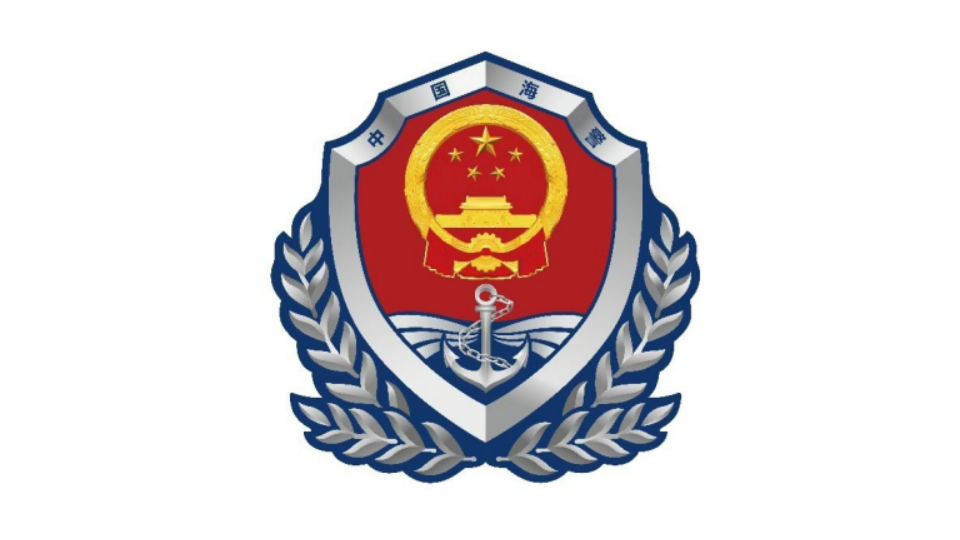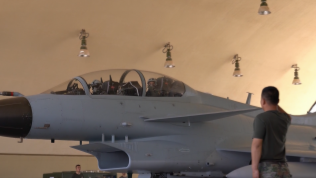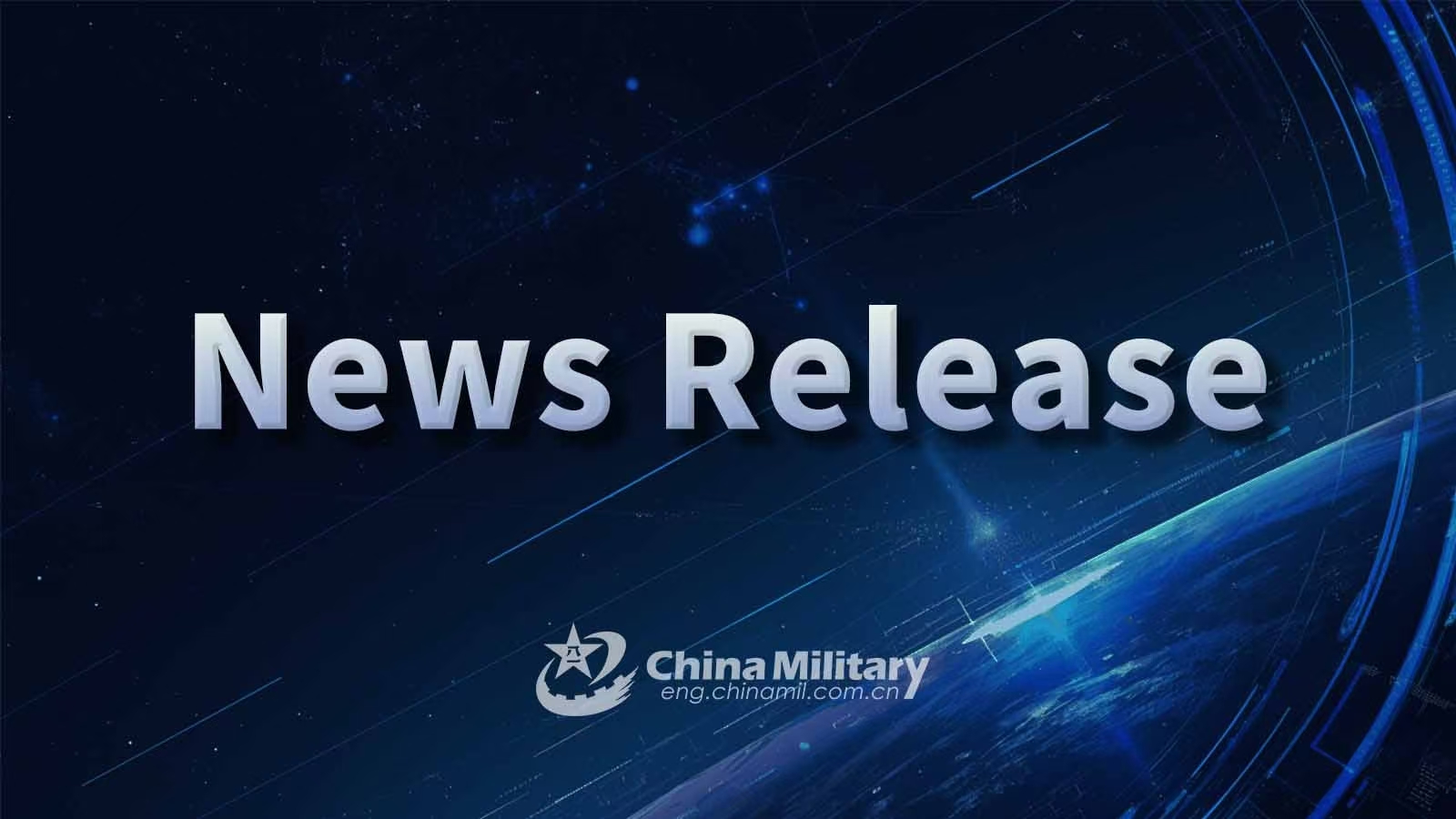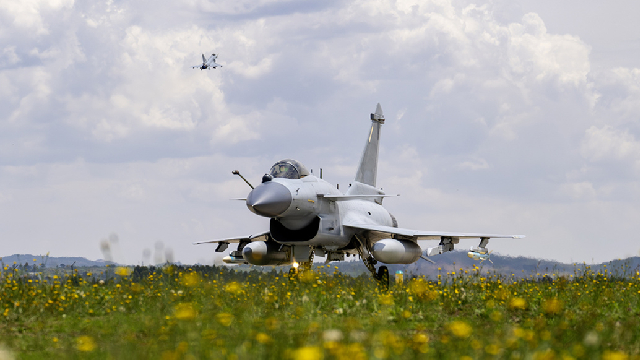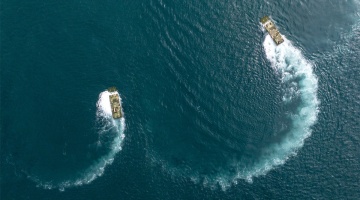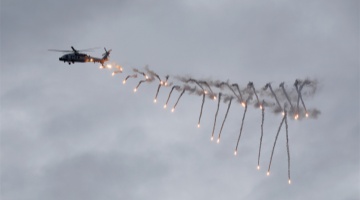By Hai Ning and Yu Ping
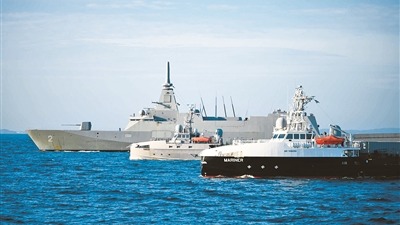
A Mogami-class frigate of Japan (in the rear) sails alongside unmanned surface vessels during the exercise.
In late April, the Japan Maritime Self-Defense Force (JMSDF) launched its annual "Indo-Pacific Deployment (IPD)", a seven-month operation scheduled to continue through to November 21.
As in previous years, Tokyo has touted the move as a contribution to regional peace and stability. However, behind the rhetoric lies a complex web of strategic calculations.
Multiple strategic calculations behind the scenes
First, Japan is accelerating the formation of joint operational systems and strengthening its dependence on the US. The current deployment features the Hyuga-class helicopter destroyer JS Ise (DDH-182) as the flagship, supported by five surface vessels. Under the command of the Hyuga-class helicopter destroyer, Japan's amphibious and mine warfare forces, including the Osumi-class amphibious landing ship, may, depending on mission requirements, be upgraded to form a helicopter carrier task group in addition to carrying out amphibious and mine-clearing operations. These units are capable of supporting US operations in the open seas and even filling in capability gaps of the US carrier strike groups in the Asia-Pacific.
Second, the military intent behind the deployment has become more overt. As in previous years, Japan plans to participate in nearly all major multinational joint exercises in the regions it passes through, while attending defense exhibitions in Malaysia and Singapore. In addition, accompanying this operation is the "Special Guard Unit" dispatched overseas for the first time by Japan in May 2024. This move is seen as part of Japan's efforts to strengthen ties with Pacific island countries. These moves reflect the Japanese government's strategic orientation toward "militarized diplomacy" and "normalized overseas presence."
Third, Japan's military industrial path is becoming clearer, with military equipment showcased to boost exports. This finds expression in the increasingly high-profile Mogami-class frigates. Since being commissioned in 2022, warships of this kind, considered a key export item, have featured prominently in every IPD to date. The Australian government had announced it would choose between an upgraded version of the Mogami class and Germany's Meko A-200 for its general-purpose frigate program. Against this backdrop, the Mogami-class frigate Yahagi has embarked on a long-range mission, making high-profile appearances at defense exhibitions and joint drills, which clearly aims at promoting Japanese military exports.
Complex and far-reaching negative impacts
This round of IPD serves as a telling reflection of Japan's evolving defense policy and security strategy and is poised to exert a negative influence on regional security dynamics and the international landscape.
The partners and collaborators are more diversified. During the operation, the JMSDF is scheduled to participate in a range of joint military exercises, most of which are either led by the US or involve it as a key participant, featuring a distinct "US-Japan+" framework. Notable examples include the annual US-Philippines joint exercise Balikatan, the large-scale drill Talisman Sabre co-hosted by the US and Australia, and the Super Garuda Shield jointly led by the US and Indonesia. While continuing to regard the US-Japan alliance as the cornerstone of its national security, Japan is accelerating efforts to "align with the US, engage India, and lean toward Australia." It is also increasingly seeking to rally as many countries as possible to jointly advance its so-called Asia-Pacific Strategy, in an attempt to shape the regional security order by banking on external forces.
Japan's overseas operations are becoming increasingly characterized by a trend of "pan-securitization." Japan attempts to strengthen its military capability and the US-Japan alliance through this overseas deployment. Meanwhile, it portrays such actions as so-called "contributions to regional security." In reality, this serves as a means to covertly push the boundaries of its exclusively defence-oriented policy and pave the way for the development of a far more robust military posture. With the tacit approval, indulgence, and even encouragement of the US, Japan's cooperation with countries like Australia and India under its Asia-Pacific Strategy is shifting from rhetoric to practical implementation and institutionalization. Japan is engaging in broader security cooperation with an increasing number of Asia-Pacific nations, including providing hardware support, sharing intelligence, and conducting personnel exchanges. It is gradually becoming a key regional outpost and a partner of extra-regional US allies in advancing the Asia-Pacific Strategy and carrying out military operations in the region. These spillover effects are far-reaching. They will undermine mutual trust and cooperation among regional countries and pose a threat to regional and even global peace and security.





